
page twenty-six
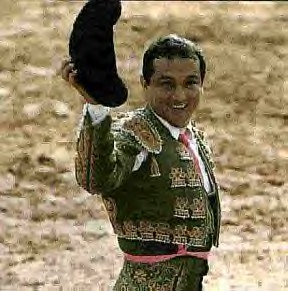
Enrique Delgado
Enrique Delgado, a popular mexican matador, was known as a valiente who had many appearances in the northern part of Mexico during the 1980s through the 1990s. In 2003 he returned to the ring with some appearances in bloodless bullfights in Texas.
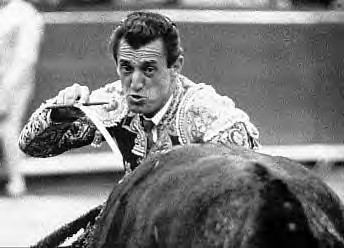
Fermin Murillo
Fermin Murillo, a Spanish matador from Zaragoza, found more success in Mexico than in his native land, during various campaigns in the 1960s. He died in 2003, long after retiring from the bullring and offering the public a lengthy career before the horns.
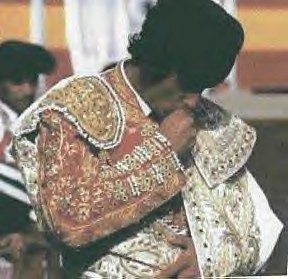
Juan Manuel
Juan Manuel, a Spanish torero, gained recognition for artistic ability in the late 1990s and continued to campaign in front of the bulls with a furious determination of character. While he didn't receive as many contracts as were merited, he showed unmatched bravery in the times he was afforded to fight. See his page in our Links.
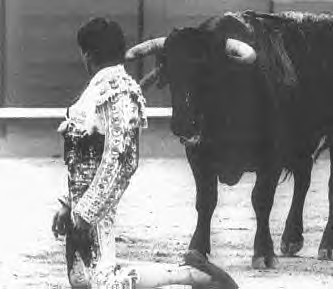
Lima De Estepona
A South American torero who has gained cartel on an international level in spite of various gorings (including one major wound in the arm which nearly caused the loss of it), this torero has also appeared in bloodless bullfights in the USA and had roles in Spanish-language motion pictures. Shifting between film
and the bulls, the two careers have gained him considerable fame.
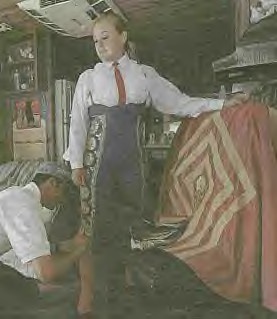
Raquel Martinez
A lady bullfighter, Raquel Martinez was extremely popular on the Mexican-American border from 1977 to the early 1990s. She eventually retired from the bulls but made a comeback in 2002 to appear in bloodless bullfights in Texas. Her son also appeared as a novillero for a brief time, using the alias of El Rubito.
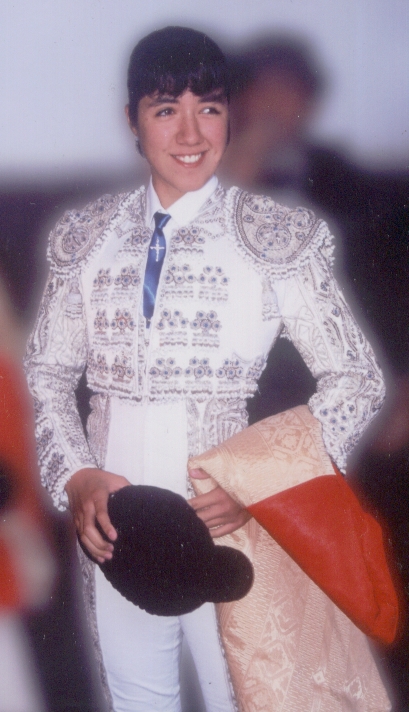
Hilde Tenorio
Add Hilde Tenorio to the list of women who have tried to make it as a bullfighter. This one, however, shows more form and poise in the ring than most and may actually have a future in la fiesta if she can overcome political obstacles. She has particular strength with the muleta and is comparable to many top male matadores in this field.
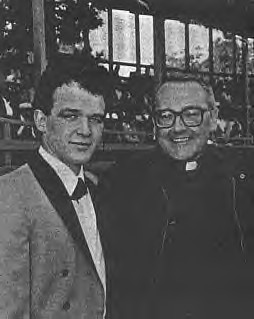
Father James O'Dwyer
Father O'Dwyer (right) poses in this photo with rejoneador Joseph
Correia. A parish priest in northern California and major aficionado, he wrote a
book on bullfighting as well as various spiritual books in the 1980s and was a
regular for many years at the bloodless bullfights in this area.
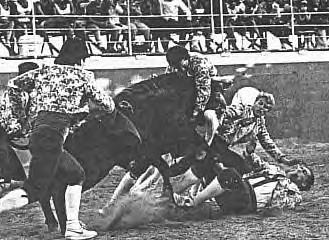
Forcados De Escalon
This group of forcados remained active in bloodless bullfights in
California from the early 1980s into the 1990s, but was ultimately disbanded,
though for a time they were quite respected.
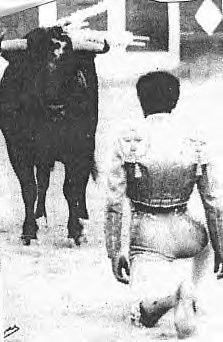
Mario Del Olmo
In the 1990s, Mario Del Olmo caused somewhat of a sensation as a novillero
and was heaped with many expectations, most of which he lived up to. In the early 2000s he was seen continuing his campaign in the Mexican rings as a matador de toros and saw several triumphant corridas in 2003.
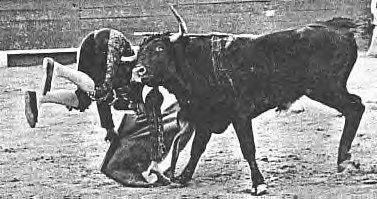
Raul Basso
As a novillero Raul Basso often ended up in trouble. In one novillada the
bull reportedly tossed him into the second row of spectators. Due to this, he retired to become a banderillero, making added income as a painter of taurine themes. He would have been better off sticking to painting, for while working in the cuadrilla of Rogelio Leduc, he was fatally gored in the leg, dying (incredibly,
in this day and age) from infection.
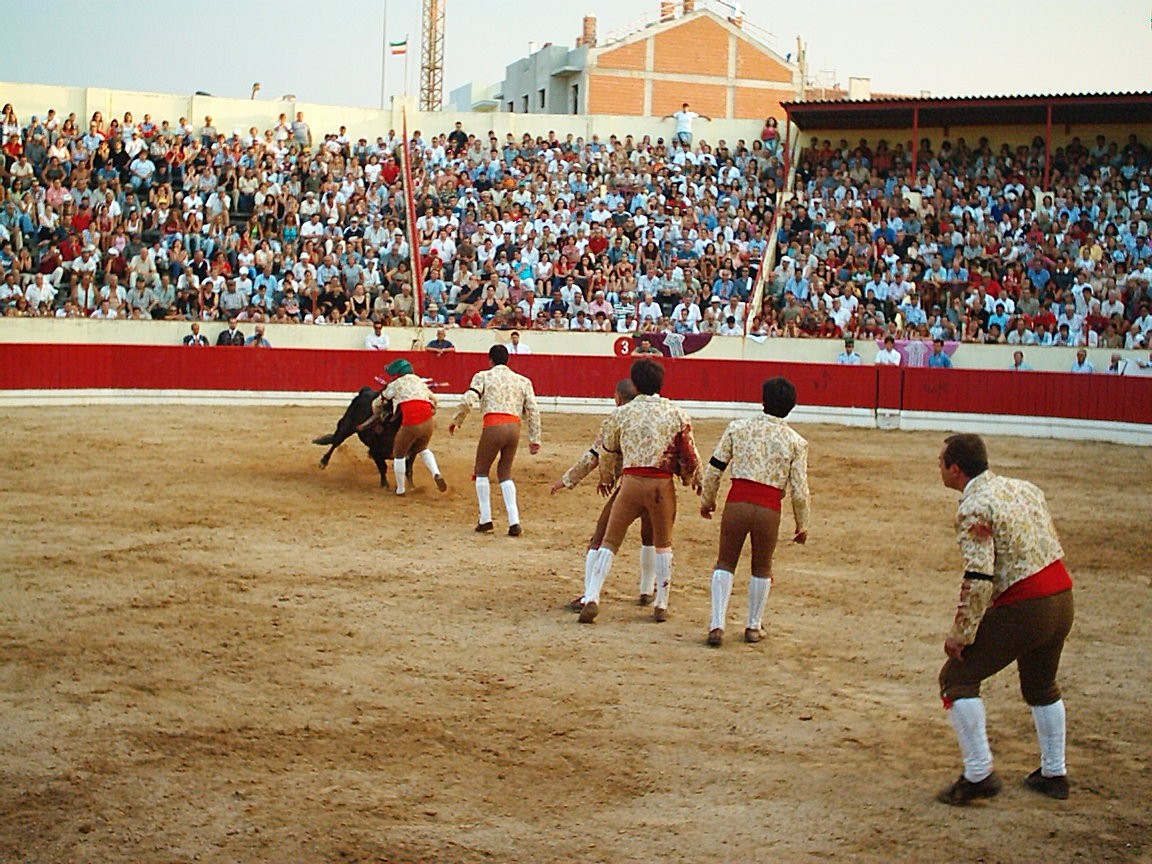
Forcados Alcochete
A forcado group from Alcochete, Portugal, seen here plying their trade. Of the many forcado groups in Portugal, this group has gradually gained great recognition for "catching" the bull after the rejoneador finishes with it. (A grand finale as in Portugal, bulls are not killed in the ring.)
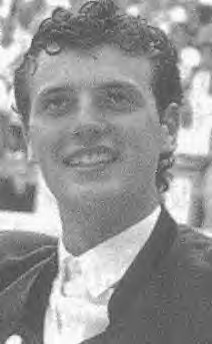
Andy Cartagena
Coming from France, Andy Cartagena became a figura among rejoneadores in the
late 1990s through the early 2000s, appearing in South America, Mexico, Spain,
and Portugal, and impressing aficionados everywhere with his horsemanship.
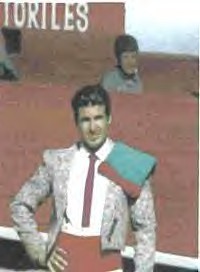
Forcados Desde Queretaro
The Forcados of Queretaro, Mexico gained international recognition over
the years, as might be reflected in the proudly posed photo of one of their
various captains over the years. The group went as far as Europe and bloodless
bullfighting in the USA during the 1990s and into the 2000s.
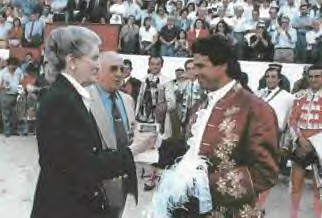
Joaquim Bastinhas
Veteran rejoneador Joaquim Bastinhas of Portugal spent years plying his
trade as a cavaleiro, horsebreeder, and businessman. In the early 2000s, he went
as far away as the USA to appear in bloodless bullfights.
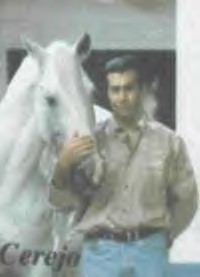
Joao Pedro Cerejo
A popular rejoneador and horsebreeder, Cerejo had most of his cartel in his
native Portugal but did manage to make his name known in other parts of the
bullfighting world.
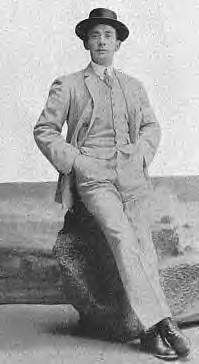
Regaterin
Antonio Boto "Regaterin" was a brave and popular matador in the early
1900s who died a victim of shelling in the Spanish Civil War.
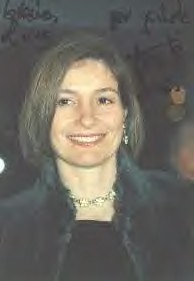
Asumpta Serna
Leading Spanish actress and aficionada away from the cameras during the
1980s, Serna might best be known for her part in Wild Orchid to English
speaking audiences but was also an integral player in Pedro Almandovar's
Matador as a crazed female attorney who liked to kill toreros.
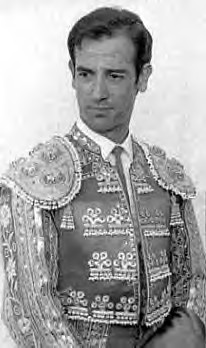
Luis Segura
The older brother of matador Manolo Segura, both of these men were featured
prominantly in the books by Vincent Kehoe. Segura appeared in both Spain and
Mexico over the years and ultimately died in the bullring, not from a goring,
but a fatal heart attack during the course of the action.
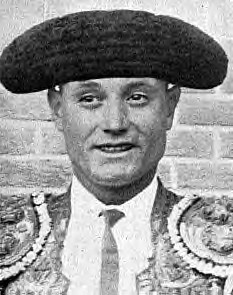
Felix Almagro
A modest torero, this man was killed by a bull in Madrid, from a goring in
the neck, in the 1940's.
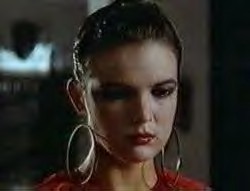
Eva Cobo
The popular actress and singer played a major part in Matador, an unorthodox
and dark comedy by famed director Pedro Almondovar, alongside a then unknown
Antonio Banderas (as a novillero who faints at the sight of blood ... humor can't
get more ironic than that.)
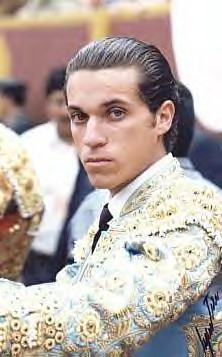
Fabian Barba
Like El Estudiente, Rafael Rodriguez, and Fabian Ruiz, Fabian Barba comes
from Aguascalientes, Mexico and has become an increasingly popular star,
especially within the Mexican interior.
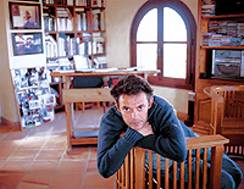
Simon Andreu
Spanish actor and bullfighting fan Simon Andreu has appeared in numerous films over the years, most notably as Nacional in the 1980s era remake of Blood and Sand with Sharon Stone.
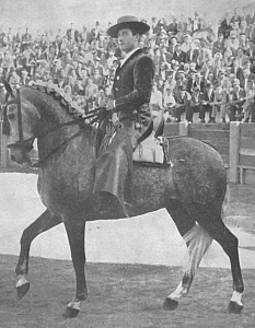
Salvador Guardiola
A popular rejoneador from a family of bull and horse breeders in Spain, Guardiola was killed when he was tossed from his horse during a bullfight, receiving fatal injuries to his skull and spine.
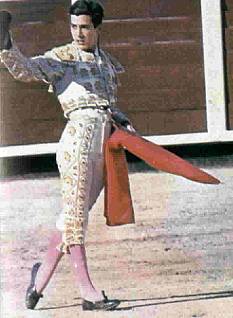
Gabriel De La Casa
Gabriel De La Casa, the son of Emiliano De La Casa "Morenito De Talavera," was a popular matador in the 1970s, known for his artistic capacity and a style completely different from that of his father. He retired after a lengthy career before the horns.
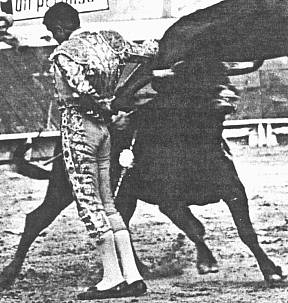
Joselito Mendez
Looking much like actor Jack Palance, Joselito Mendez was a brave matador in the 1950s who seldom was given the chance to fight and display his courage. He did have good showings in Matamoros and Nogales, enjoying support in the Mexican bordertowns.
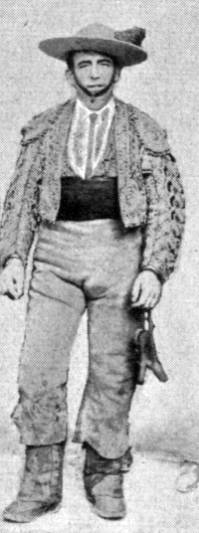
Pica
An olden day Spanish pivador, this man was one of several who died when overturned from his horse, suffering internal injuries that took their toll. A confident and respected picador, he is sadly neglected in most books dealing with the victims of the bulls.
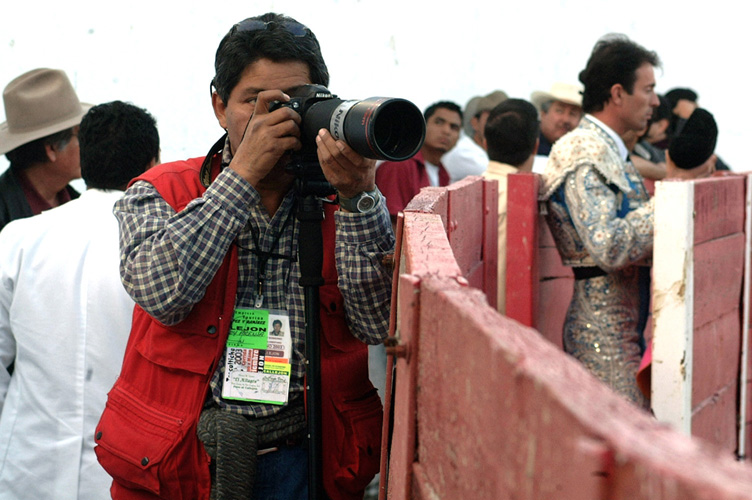
Armando Landin Miranda
A popular bullfighting photographer out of Aguascalientes, Mexico, this man has taken some of the photos used on this page as well as for many newspapers.
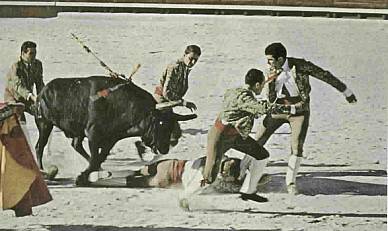
Forcados Of Chamusca
A popular forcado group from Portugal, the Forcados De Chmusca remain competitive every season in the major Portuguese rings as well as the smaller plazas.

Forcados Cascais
Another popular forcado group is seen here, coming from Cascais near Libon, where they appear on a rgeular basis, grabbing and wrestling bulls fought by rejoneadores to a standstill, since the bulls are not killed in the rings in Portugal.
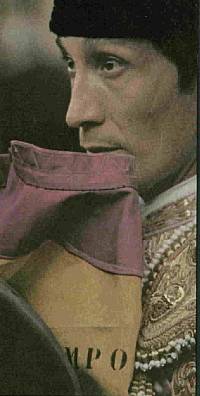
Antonio Campos "El Impossible"
An extremely reckless Mexican torero who fought with great courage, for he sensed his time on earth was short. He did not die on the horns, but from stomach cancer at a very young age, following a tour of Spain.
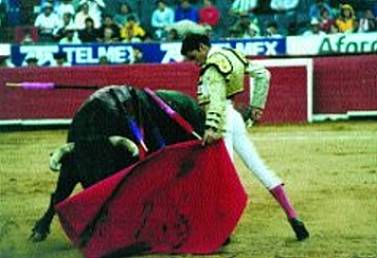
Israel Tellez
A charismatic Mexican matador who reached stardom in 2004, Israel Tellez is presently becoming one of Latin America's most popular toreros, with a string of triumphs in both the border towns and the interior.
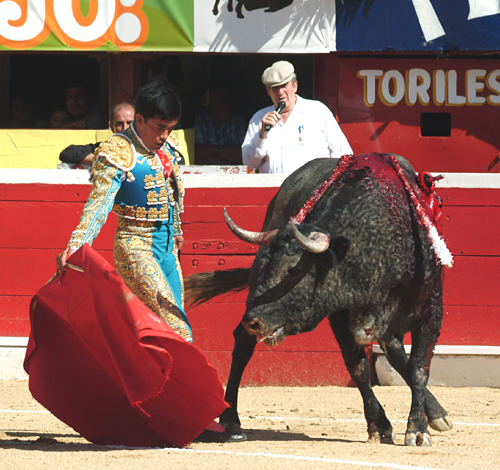
Ignacio Garibay
A Mexican matador who rose to great popularity in the early 2000s, Garibay is known for his artistic work, but sometimes encounters problems with the kill. He has, however, shown great potential as a matador and may one day become a top star.
Roberto Dominguez
Roberto Dominguez was a long-lasting matador who finally received the attention due to him in 1989, when he killed six bulls from the notorious Victorino ranch, acting as lone matador. He was always effective with the kills, especially the use of the descabello.
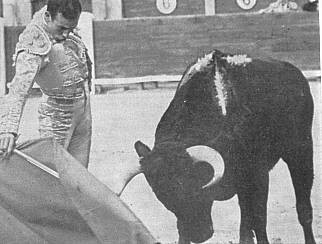
Juan Montero
Juan Montero was a modest torero, capable of great valor when the circumstances fitted him. He died not on the horns, but in a tragic car crash in Spain.
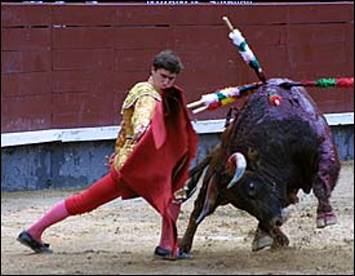
Luis Vidal Procuna
A Portuguese matador known especially for his work with the banderillas, Luis Vidal Procuna became a very popular star in 2004.
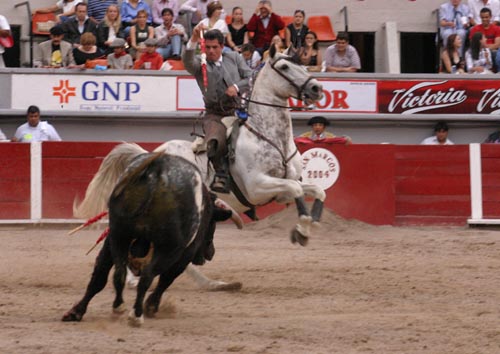
Horacio Casas
Horacio Casas of Aguascalientes, Mexico, has become a very popular rejoneador in the Mexican rings during the past few seasons, fighting bulls off horseback.
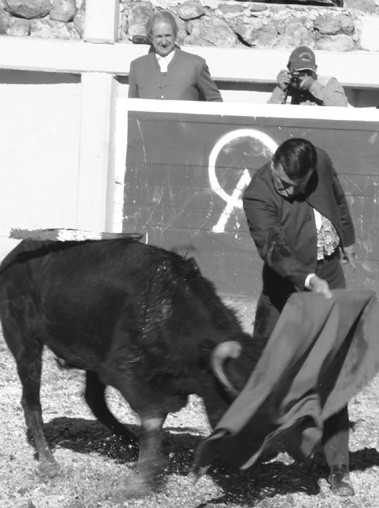
Bill Torres
Though an amateur bullfighter, Bill Torres grew better with age in the 1990s and continued fighting bulls well into the 2000s. Though a practicing fan and not a matador, his performances in certain rings have equalled that of pros.
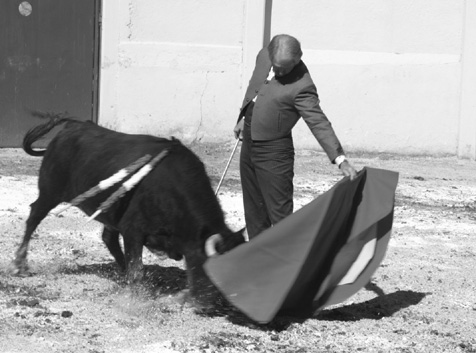
Jim Verner
A practicing fan born in Phoenix, Arizona, Jim Verner has spent decades in front of the bulls, voluntarily putting his life on the line. In early 2004 he appeared in a festival in Nogales and was very well received.
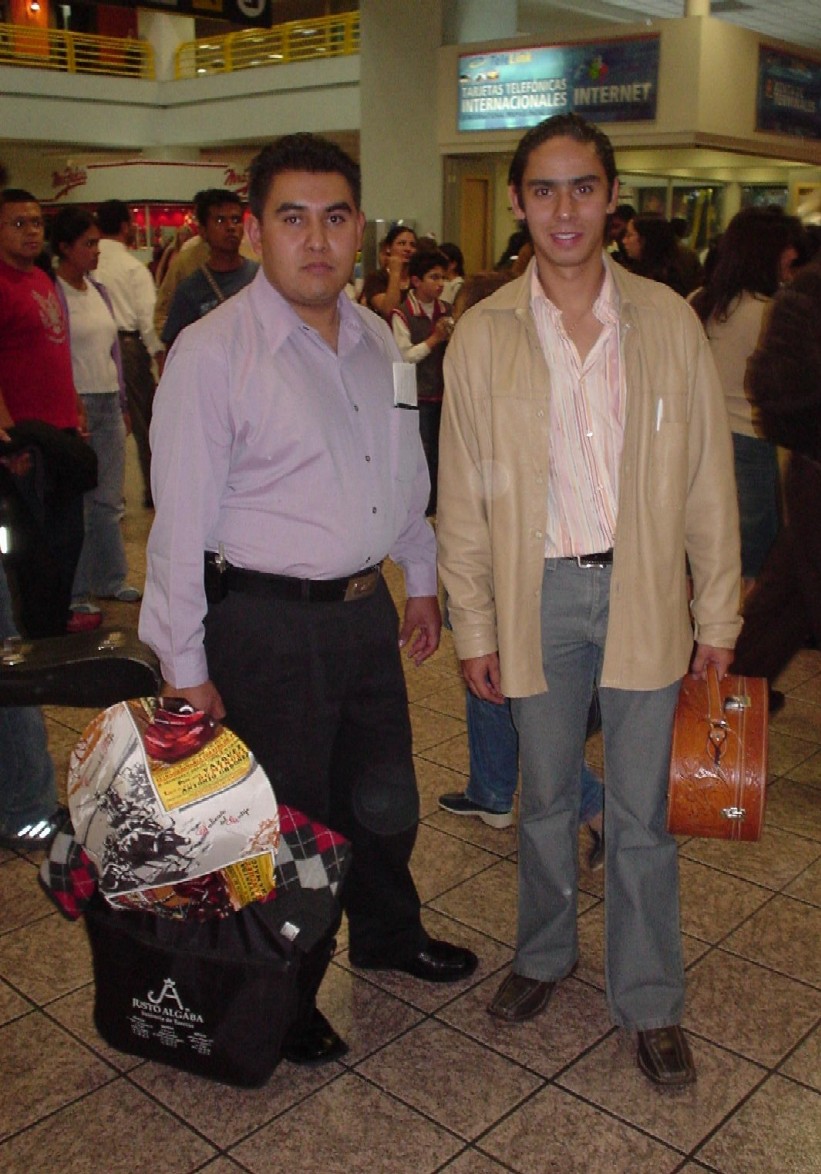
Leopoldo Casasola
A Mexican matador of respect and honor, Casasola rose to considerable cartel in the 2004 season which included corridas in Spain as well as his native land. He has come to be regarded as a torero of great personality, with an increased fan following. He is seen here at the right, leaving the Mexico City airport for Madrid.

Hernan Ruiz "Gino"
One of the revelations of the 2004 temporada, South American torero Hernan Ruiz "Gino" rose the stardom with an artistic style with the muleta and an ability to doninate even the most difficult of bulls.
page one | page two | page three | page four | page five | page six | page seven | page eight | page nine | page ten | page eleven | page twelve | page thirteen | page fourteen | page fifteen | page sixteen | | page seventeen | page eighteen | page nineteen | page twenty | page twenty-one | page twenty-two | page twenty-three | page twenty-four | page twenty-five | page twenty-six | page twenty-seven
